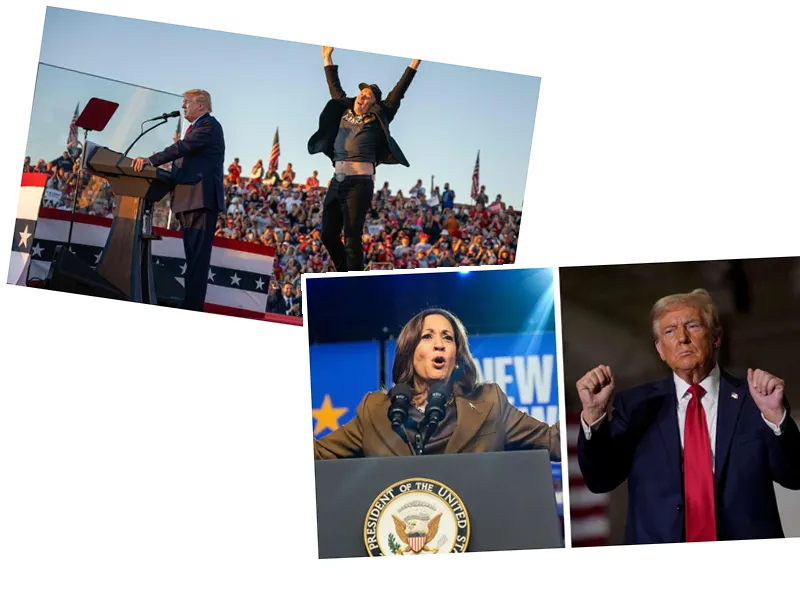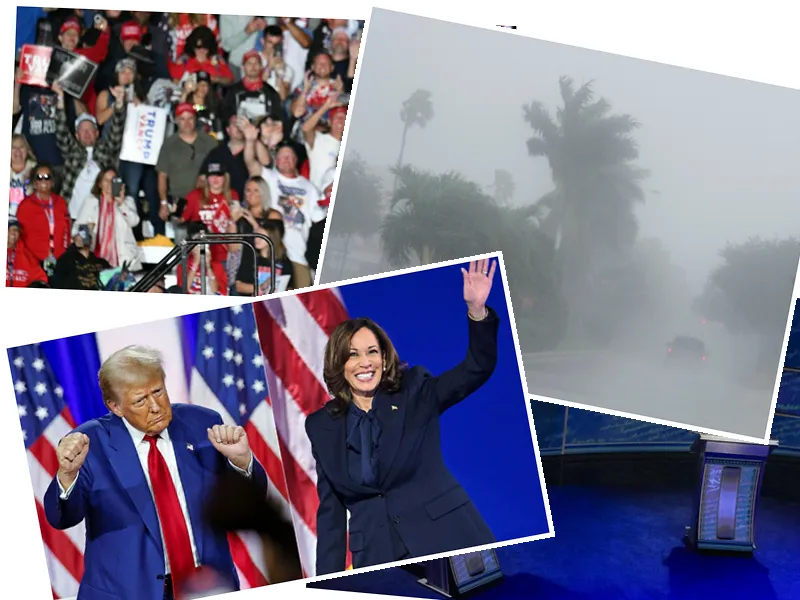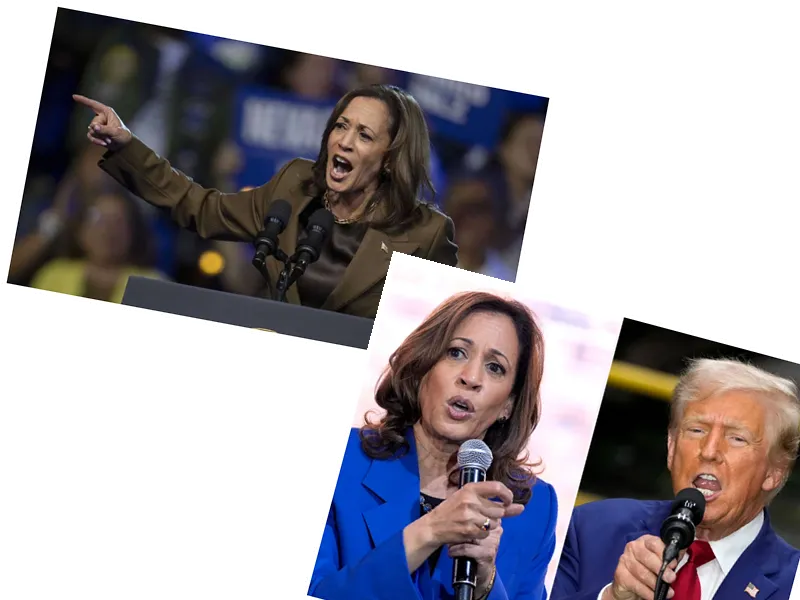Neck-and-Neck Race: Harris and Trump in a Tight Contest for the Presidency
As the 2024 US election approaches, the race between Vice President Kamala Harris and former President Donald Trump is proving to be incredibly competitive. Recent polls indicate that Harris holds a slight edge, leading Trump by 2.9 points in national surveys. This shift follows a recent TV debate that appears to have positively influenced Harris's standing among voters. Pollster Nate Silver noted that Harris's chances of winning the electoral college have also increased, moving from 38.4% to 43.5% since the debate.
Polls from various states further illustrate the tight nature of the race. In Iowa, Trump leads with 47% to Harris's 43%, while Harris enjoys a four-point advantage over Trump in Wisconsin, a crucial swing state. The polls show a significant improvement for Harris compared to earlier surveys when Trump had a commanding lead. Despite these positive indicators for Harris, pollsters caution that the overall landscape can change rapidly, especially in light of recent events, including a second assassination attempt on Trump.
Poll Insights: The Impact of Debates and Key States
Polls conducted after the debate reveal mixed results regarding the candidates' performances. A Fox News poll shows Harris at 50% compared to Trump's 48%, marking a notable milestone for the vice president. However, a joint poll by the New York Times, Siena College, and the Philadelphia Inquirer indicates that both candidates are tied at 47% nationally, despite Harris leading in Pennsylvania with 50% to Trump's 46%.
The Washington Post highlights that Trump's campaign is focusing on attracting male voters, particularly younger men, to regain lost ground among female voters. This strategy reflects the campaign's recognition of the need to appeal to undecided voters in swing states, which could ultimately determine the outcome of the election. As the election date approaches, both candidates will need to navigate a rapidly changing political landscape, where public perception and voter sentiment can shift dramatically.






